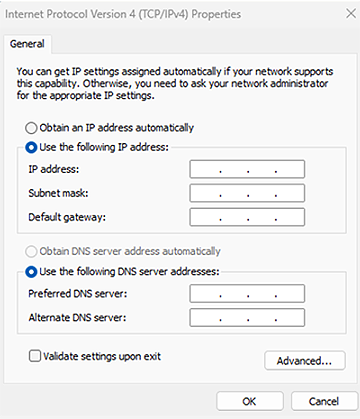HTM’s Role: Navigating Network Creep in Healthcare

Medical devices used in patient care are becoming more network-connected, application-dependent and further integrated into remote systems or servers than ever before. While patient monitors and wireless telemetry have been used in hospitals for decades to communicate waveforms and patient alarms from the patient room to your nurses’ stations, they have typically sat on their own networks with little risk. Over time, as other medical devices have been added to both wired and wireless hospital networks, the amount of electronic patient health information (ePHI) being stored physically on the individual devices has increased as well as the machines being able to access information virtually. It is important that Healthcare Technology Management (HTM) keeps pace with this network creep. While many HTM teams have a single subject matter expert who understands the basics of networking, device integration and data flows, that is no longer enough. With connected devices being installed in nearly every clinical department including surgery, cardiovascular, endoscopy, dialysis, sterile processing, oncology, stress testing, med surg, laboratory, labor and delivery and more, HTM departments must have the necessary expertise and personnel to manage them.
The Importance of HTM Data Collection
A full collection of critical data elements can reduce the Mean Time to Repair (MTTR), which measures the time between when the device fails and when it is repaired and ready for patient use. Repair time of critical medical devices can impact patient wellbeing and outcomes by potentially expediting or prolonging treatment, depending on timeliness of repairs. To ensure repairs can be made as quickly as possible, HTM teams should have robust data on hand for all hospital assets and information needed for network recovery.
Identifying Assets and Capabilities
To build the foundation of a solid asset management program, healthcare technology management services teams must identify all assets within the hospital and understand their capabilities and connectivity. With the evolution of connected medical devices discussed above, there is additional data that needs to be collected. As a response to network connectivity and integration into applications like Electronic Medical Records (EMR), PACS, or MUSE, HTM programs should track AETitle, Hostname, IP address and MAC address in addition to device manufacturer, model and serial number. Like the model number and name, the Hostname and AETitle provide insight into what the device is and where it belongs in the hospital. The MAC address, like the serial number, is the device’s unique identifier, but for its network connection.
This device information enables technicians to respond quickly to restore clinical functionality when a device fails, the additional information supports the first step in building a strong HTM cybersecurity program by providing visibility into where protected data lives and who has access to that data.
Preparing for Network Recovery
When a device fails in a way that affects the network connection, there are additional attributes that HTM teams should have documented and readily available. This type of failure can happen if a medical device has a damaged or failed Network Interface Card (NIC), motherboard, bridge or term server or in the event an operating system requires a reload.
 For network recovery, an IP address is vital to a device’s ability to communicate on the network; however, it is not the only piece of information needed for connectivity. Depending on the device, server and set up of the network, a device could require a specific subnet, default gateway or DNS server. These numbers can be crucial for the device’s ability to connect to the network and communicate properly with the server or external application. There may also be other network-critical attributes like port number, VLAN, server IP address and more that also need to be tracked. Operating system, operating system version, primary application and application version should be notated for use if a hard drive fails, or an operating system error occurs that requires reload.
For network recovery, an IP address is vital to a device’s ability to communicate on the network; however, it is not the only piece of information needed for connectivity. Depending on the device, server and set up of the network, a device could require a specific subnet, default gateway or DNS server. These numbers can be crucial for the device’s ability to connect to the network and communicate properly with the server or external application. There may also be other network-critical attributes like port number, VLAN, server IP address and more that also need to be tracked. Operating system, operating system version, primary application and application version should be notated for use if a hard drive fails, or an operating system error occurs that requires reload.
Managing the Volume of HTM Data
With the volume of HTM data required to best manage the growing number of devices on the network, having a team of experts to provide guidance and support can help. Sodexo Healthcare HTM prioritizes in-depth data collection to get a full understanding of all the critical components necessary for medical devices to stay network connected and integrated with the most important applications that improve patient outcomes.